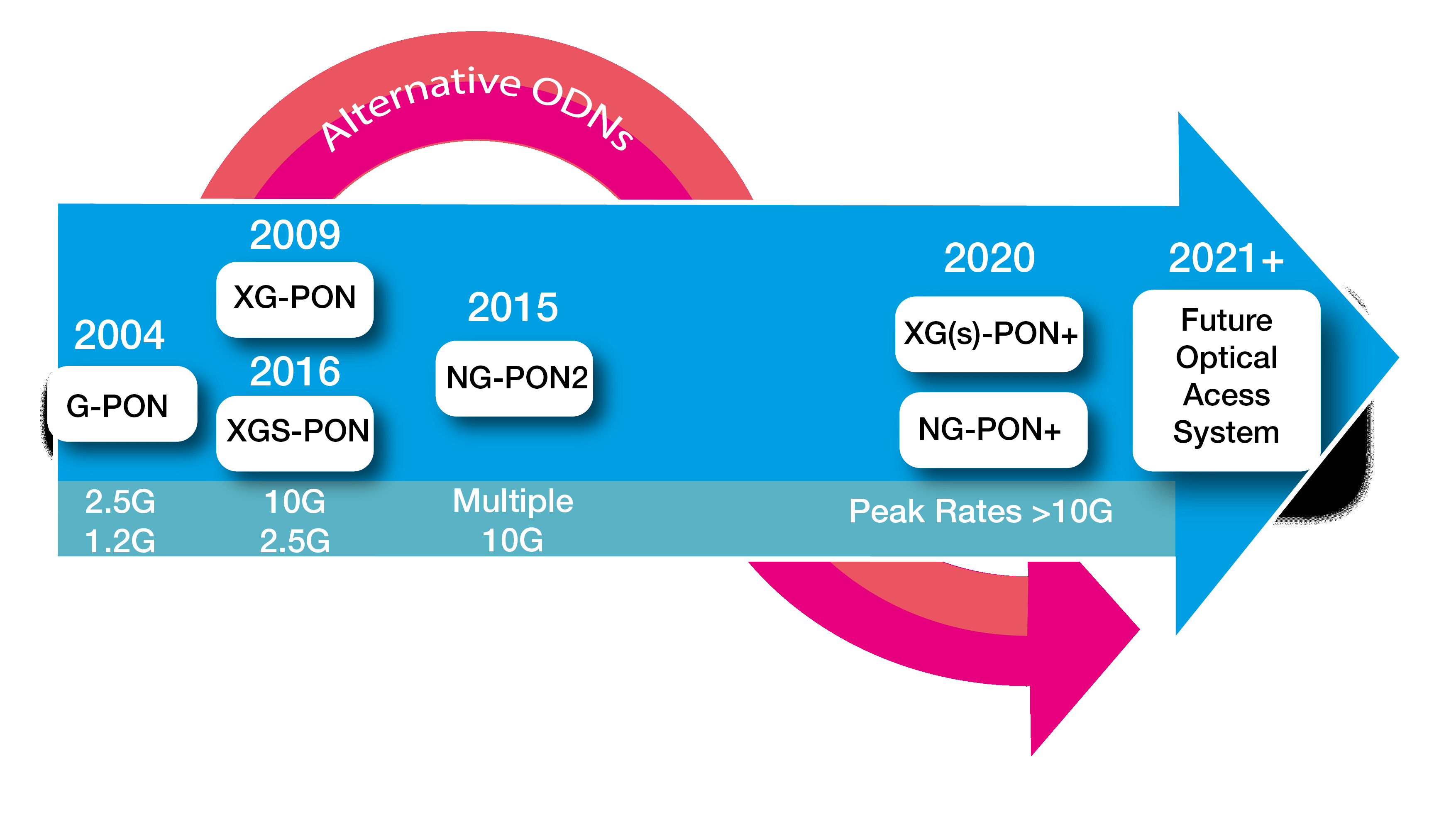5G technology is scheduled to be released in 2018, or early 2019, but in reality, we are still two, maybe three years away from a large scale rollout as Telecom providers run trials and prepare their networks to cope with the huge increase in demand for communication. The growing need for higher speeds and instant, reliable services are all leading to pressure on providers to improve their networks and services. As data consumption increases, the various network segments, and the interfaces between them need to increase in capacity to serve this traffic.
Fundamentally, the right network foundation will need to be laid in order to deploy 5G, but there are technologies available which are ideal for providing both the fiber access and data rates required for 5G fronthaul and backhaul.
How Can ProLabs Support Your 5G Network Needs?
EON – NSV – OTDR: Coming Soon
- Optical time-domain reflectometer
- Quickly locates faults and issues in optical fiber networks, allowing reactive troubleshooting of any performance issues within the fibers.
- More information coming soon…
Passive Optical Network (PON):
- Efficient usage of fibers
- Good reach
- Cost effective:
- Lower power
- High density
- Dominant FTTH technology:
- As 5G needs fiber everywhere, it’s a logical expansion of the FTTH network to provide Fiber to the Cell over the same infrastructure.

100G Connectivity:
- 100G solutions can support by increasing bandwidth, minimizing aggregation and significantly improving overall efficiency.
Single Fiber:
- Bi-Directional:
Double the bandwidth on existing fibers at relatively low cost.
- HD CWDM:
Double circuit capacity over existing CWDM infrastructure, reducing time and expense.


